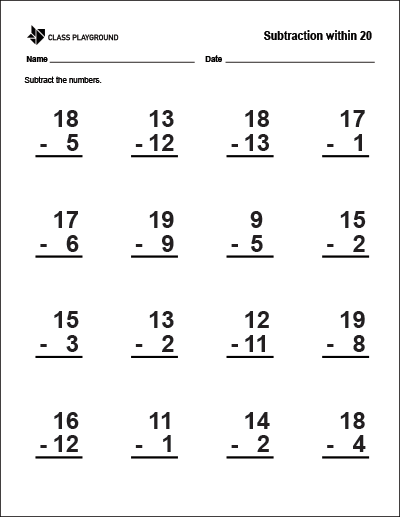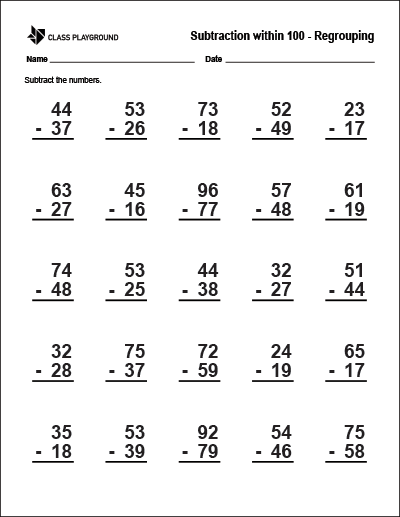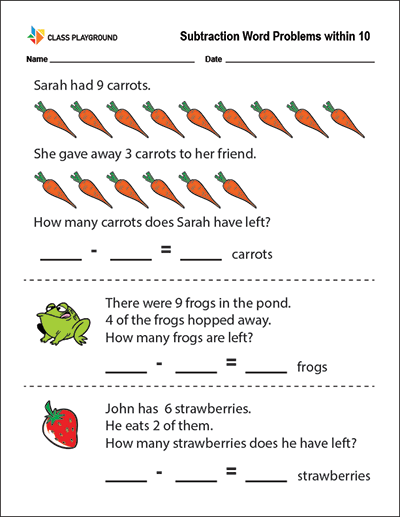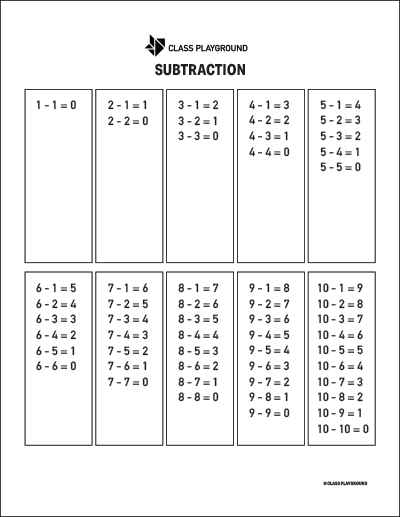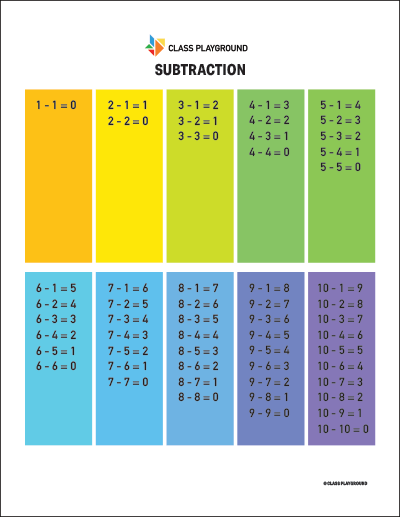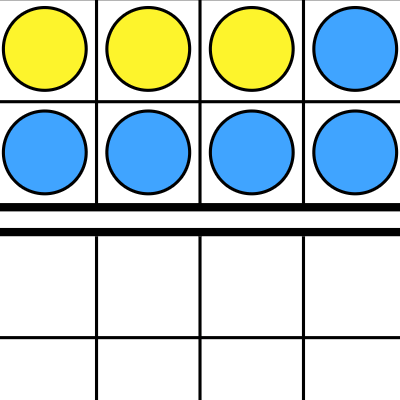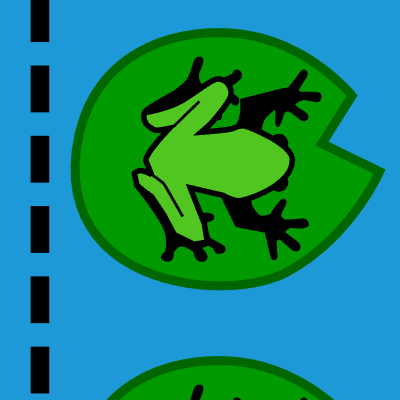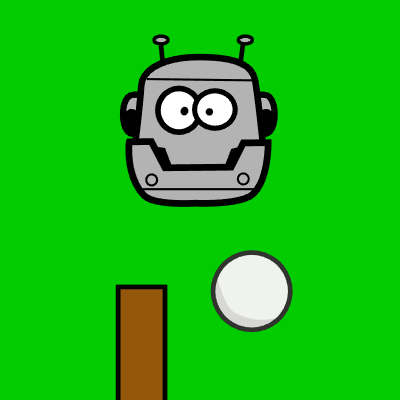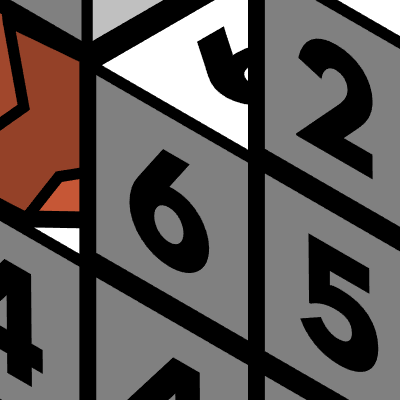What is Subtraction?
Subtraction is a basic arithmetic operation that represents the operation of removing objects from a collection. It’s the concept of “taking away.” In essence, subtraction is the inverse of addition; if 3 + 2 equals 5, then 5 – 2 equals 3.
Why Teach Subtraction?
It forms the basis for many mathematical concepts and plays a significant role in day-to-day activities such as calculating change, determining the difference between quantities, and solving problems. Mastering subtraction is a vital step towards understanding more complex mathematics.
Strategies for Teaching Subtraction
- Use Manipulatives: Similar to teaching addition, manipulatives such as counters, blocks, or beads can be effective in illustrating subtraction. These physical objects allow students to see and touch the numbers being subtracted. For example, if you’re teaching the equation 5 – 2, start with five blocks and remove two, leaving three blocks.
- Number Lines: A number line is a useful tool to help children understand subtraction. Students can start at a certain point on the line and move backwards, showing that subtraction involves reducing a number. For instance, for the equation 7 – 3, students would start at seven on the number line and move three places back, landing on four.
- Incorporate Games: Games can make learning subtraction exciting and enjoyable. For example, subtraction bowling involves setting up ten pins (or cups), rolling a ball to knock some down, and then subtracting the number of fallen pins from the total. This not only reinforces subtraction skills but also makes learning fun.
- Flashcards: Flashcards can help reinforce subtraction skills. They offer a quick and easy way for students to practice subtraction facts. Regular practice with flashcards can improve speed and accuracy, enhancing students’ overall math proficiency.
- Real-Life Scenarios: Use real-world examples to make subtraction relatable. This could involve scenarios like sharing out sweets (if you have ten sweets and you give three to a friend, how many do you have left?), spending money (if you have $20 and you buy a toy for $12, how much money do you have left?), or measuring ingredients for a recipe (if a recipe calls for 5 cups of flour and you’ve already put in 2 cups, how many more do you need?).
Activities
- Subtraction War: This card game is based on the popular game of War. To play, divide a deck of cards evenly among two players. Each player flips a card, and the player with the higher number subtracts the lower number from their own. The player with the higher result keeps both cards. The game continues until one player has all the cards.
- Lego Subtraction: Using Lego blocks, students can physically remove pieces to see subtraction in action. For example, start with a tower of ten blocks. Ask the student to remove three blocks and count how many are left. This hands-on activity makes the concept of subtraction concrete and tangible.
- Subtraction Relay Race: Similar to an addition race, students must solve subtraction problems to move forward in the race. Divide the class into teams. Give the first student in each team a subtraction problem to solve. Once they solve it, they pass the baton (or another small object) to the next student, who gets a new problem to solve. The first team to finish all their problems wins.
- Subtraction Bingo: Create bingo cards with differences in each square. Then, call out subtraction problems that correspond to these differences. For example, if a square has the number ‘5’ in it, you could call out “7 – 2”. Students then cover the ‘5’ on their bingo card. The first student to cover five squares in a row (vertically, horizontally, or diagonally) is the winner.
- Subtraction Treasure Hunt: Hide flashcards with subtraction problems around the classroom. Each flashcard should lead to the next one. For example, the solution to the problem on the first card will indicate where in the room the second card is hidden. Students must find the cards and solve the problems to move on to the next clue. The first student or team to find all the cards and solve all the problems wins.


